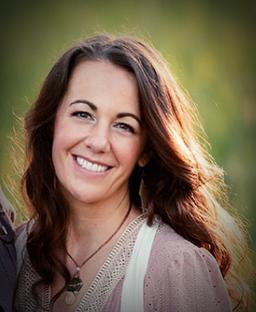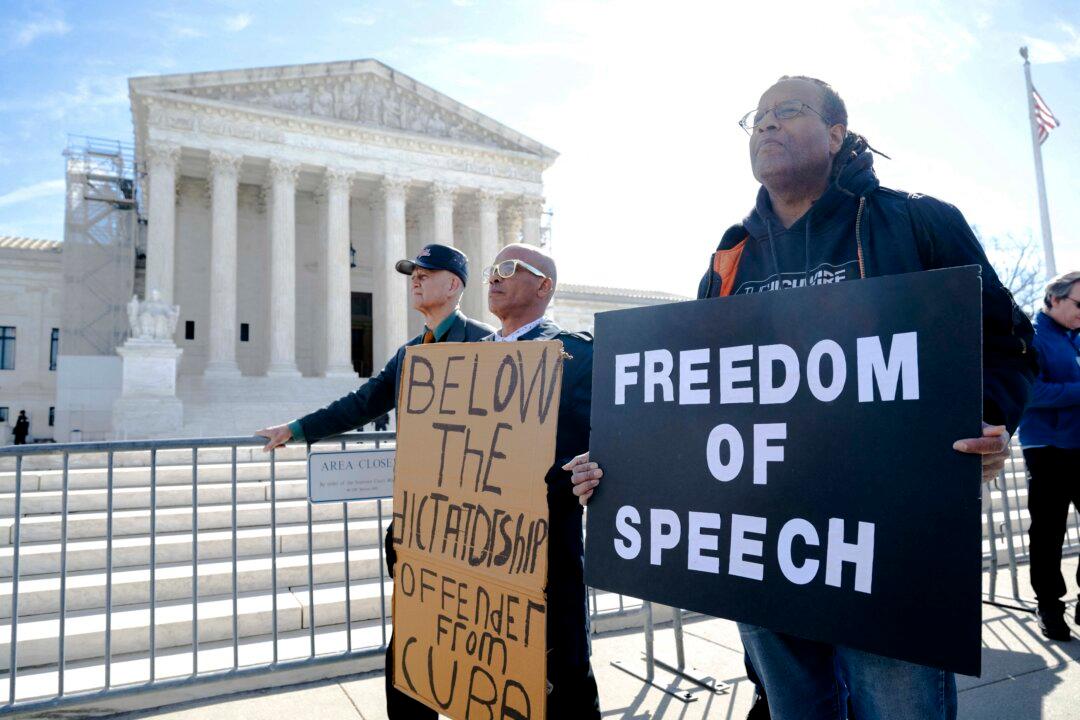COLORADO SPRINGS—In 2007, Colorado ranked 34th in the nation for education, according to a report from CNBC. And within the state, Denver Public Schools (DPS) was in the bottom 10 districts for English language arts and math. At the time, DPS was Colorado’s second-largest district; it has since become the largest.
Colorado News
Featured
Test Scores, Graduation Rates Soar in Colorado After School Choice Expands
Denver Public Schools had a 39 percent high school graduation rate, a dropout rate of over 10 percent, and only 1,324 students matriculated to college out of 73,873 in its 2006–2007 class.

A school bus in a file photo. A bill introduced in Colorado would pave the way for schools to conduct annual mental health checks for students. SAUL LOEB/AFP via Getty Images
Katie Spence is a freelance reporter for The Epoch Times who covers energy, climate, and Colorado politics. She has also covered medical industry censorship and government collusion.
Ms. Spence has more than 10 years of experience in media and has worked for outlets including The Motley Fool and The Maverick Observer.
She can be reached at: [email protected]
Author’s Selected Articles




